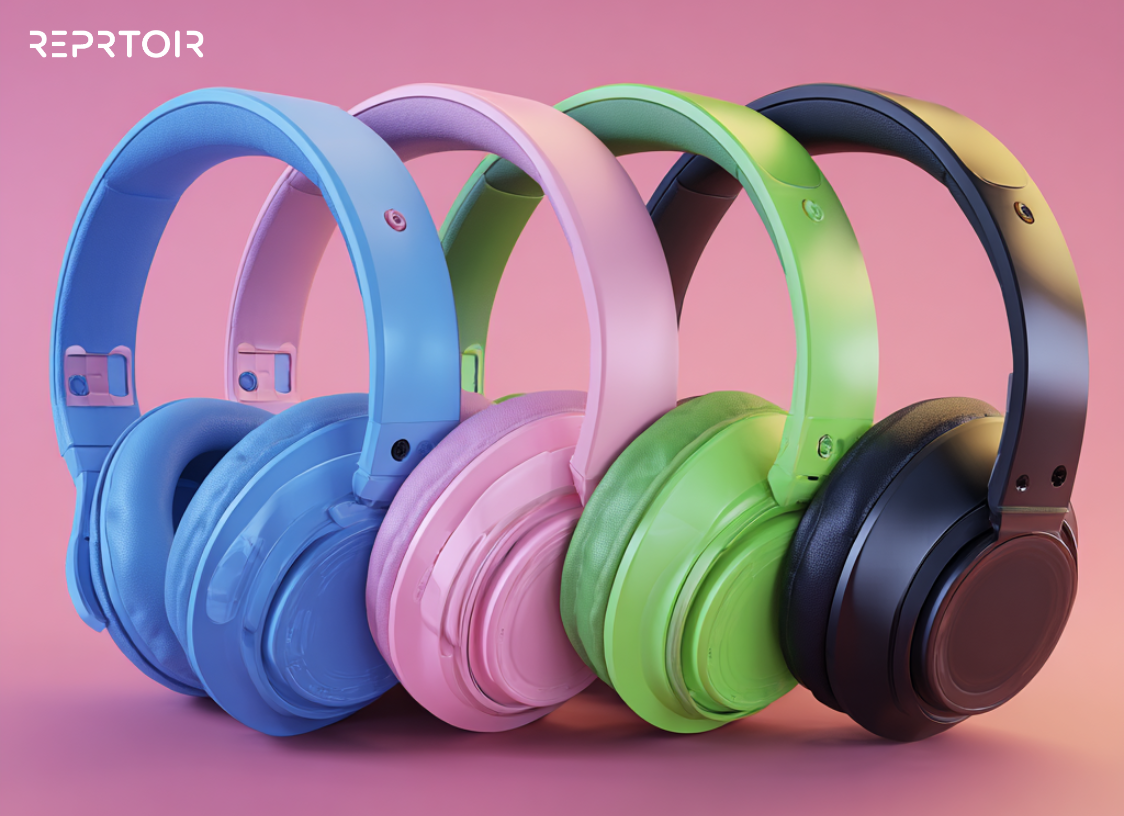Happy Friday! I hope your summer is going as smoothly as planned, and am glad to get back on the week to gather a few of the main news we wanted to share with you. This time, let’s talk on how the music business is changing through Spotify’s new features, but also on how the field is being viewed after a rough year.
#1.What is Spotify’s Discovery Mode?
Remember back in November, when we talked about Spotify launching their new offer called Discovery Mode, and how it could remind some of us of payola? Well it’s been up and running, time to take a look at how it’s going.
Interestingly enough, the key players of the independent field are endorsing the feature. Believe (implying TuneCore as well) and Distrokid made it clear in Music Business Worldwide: the fact that the Spotify Discovery Mode is working as well without requiring any upfront payment is a game changer.
Although there are still some reserves from indie labels, considering that it could mean Spotify’s algorithms are not always fair towards all artists. The risk is obvious: ending in a place where artists have to give up a part of their royalties to get recommended on the platform to make sure they get enough visibility.
#2. Spotify is willing to help ALL creators
Let’s stay on Spotify for a bit, because they worked out another feature for artists that could be interesting. And when I say feature, it almost sounds reductive.
Remember us talking about Spotify’s Greenroom? And all these acquisitions of podcast studios? Well, this makes sense when they’re speaking about the need for artists to produce more. Last year, Daniel Ek made headlines saying that artists should release more, more regularly. Evidently musicians aren’t machines and made it very clear.
But what if it wasn’t only about releasing music, but also on creating podcasts, talking on Greenroom etc. Taking advantage of Spotify’s monetization of these means to get to artists’ audiences. By doing so directly on the platform, the value created by artists will help them take more out of the platform and reduce splits with middle men.
Something to think about: we’ve been talking last week about the fact that audiences are the new monetizable thing, Spotify is taking the turn. Here the full analysis of the phenomenon on Music x, if you’re willing to know more on Spotify's strategy.
#3. DJ earnings have gone way down
Staying on artists for a bit, some data came out bearing bad news for the Electronic music artists. DJ earnings have gone down by 68% last year, as a result of lockdown. Even if musicians of the genre have been active on livestream platforms, revenues have tanked, since the festival and live shows were a big part of their habits. As an example, to take in the measure of loss taken by the field: the value of festival tickets sold in March 2021 was higher than the whole year of 2020. No surprise then when we see that the genre is the most represented on NFTs and was one of the most present on paid livestream last year.
#4. Cashing in on music royalties
Speaking of paying artists, one aspect that grew during the last few months is royalties investment. This article is taking the point of view of investors on the music industry’s new cash flow: music royalties.
We talked so much about Hipgnosis, I wouldn’t know which of our articles I could redirect you to (and I’m pretty sure you know who they are anyway). The article shows how volatile the market can be, and how important it is to keep a fresh pair of eyes on it. In any case, it is always good to know how the business is being viewed from the outside!
#5. New models for music business
A few last words on the current music business: is Bandcamp the solution for artists when it comes to monetization? As MIDiA Research puts it, if streaming isn’t giving artists the revenue they need, maybe these platforms are the place to find fans and engage them, when other platforms (such as Bandcamp for instance) are the place to gather fans and monetize communities.











